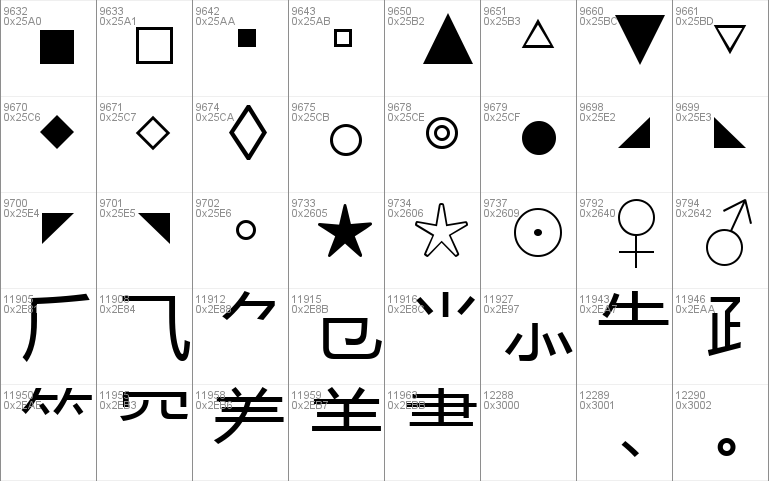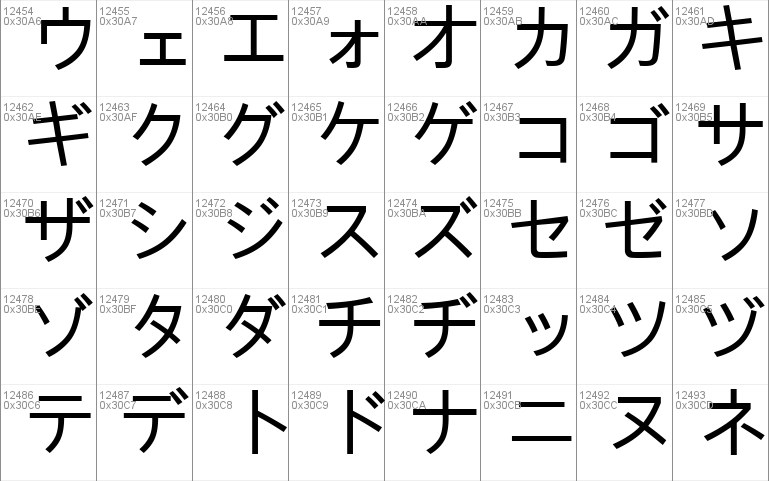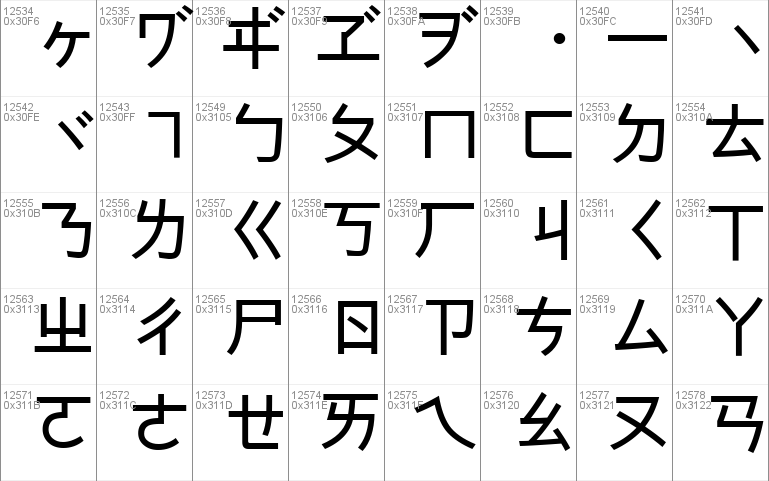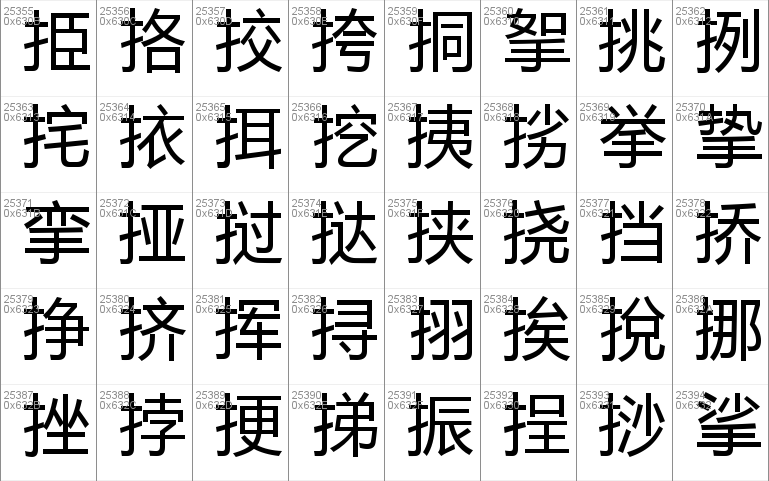

Microsoft YaHei (in Chinese: 微软雅黑 pinyin: Wēiruǎn Yǎhēi) is a sans-serifgothictypeface created by Founder Electronics and Monotype Corporation under commission from Microsoft. Style & weight examples Microsoft YaHei Microsoft YaHei Bold Microsoft YaHei UI Microsoft YaHei UI Bold Microsoft YaHei Categoryįounder Electronics, Monotype Imaging (hinting) This typeface is also available within Office applications. Products that supply this font Product name

#MICROSOFT YAHEI FONT LICENSE SOFTWARE#
License Microsoft fonts for enterprises, web developers, for hardware & software redistribution or server installations.All Rights Reserved.ĩ36 Chinese: Simplified chars-PRC and Singapore Portions © 2017 Beijing Founder Electronics Co. Microsoft Licensed the font glyph from Beijing Founder Electronics Co. Microsoft YaHei UI:The font glyphs are certified compliant with China standard GB18030-2000 with the font name Founder Lan Ting Hei. Microsoft YaHei:A Simplified Chinese font developed by taking advantage of ClearType technology, and it provides excellent reading experience particularly onscreen. The font is very legible at small sizes.-> Overview Microsoft YaHei is a Simplified Chinese font developed by taking advantage of ClearType technology, and it provides excellent reading experience particularly onscreen. Calibri is a modern sans serif family with subtle roundings on stems and corners. 2 minutes to read In this article Overview. Can I embed the fonts into a game, application or device I’m developing based on the document font embedding permissions? No, document font embedding permissions relate to embedding fonts in documents only, not embedding fonts in games, apps and devices.Typographic info for the Calibri font family.
#MICROSOFT YAHEI FONT LICENSE WINDOWS#
If I use software that follows the rules and I output document files that include embedded Windows fonts, are there any restrictions around redistributing the documents? The applications you use to create the documents may limit commercial use, but in general, there are no special restrictions around the distribution of documents that only contains embedded Windows’ fonts (unless you are using an application that is specifically licensed for home, student or non-commercial use).

Please check the documentation associated with the application and document file format to confirm it is compliant with the OpenType or TrueType specs. You mention Word documents and PDFs output from Word but how about other applications and document formats like ePub? If the applications follow the rules and restrictions documented in the OpenType and TrueType font specifications around document font embedding, you are allowed to use them to embed the Windows-supplied font. When the document is opened on a machine that does not have the font installed the application may allow the document to be edited. The most common setting for Microsoft supplied fonts is “editable embedding.” When this flag is set an authoring application may embed the font into a saved document file. There are several different flags and you can see them all defined in the OpenType and TrueType font specifications but there are only four in common use.

Applications that support document font embedding look at these flags and determine if and how it may be embedded in a document file, and when they open a document containing embedded fonts they will also look at these flags to determine if and how a document can be viewed or edited. A more detailed explanation: Font files contain flags that indicate if and how they can be embedded within a document file. For example, Microsoft Word follows the rules and restrictions, so you can use Word to create documents (such as Word document files and PDFs) that include embedded fonts. When can I use document embedding The brief answer: If an application follows the rules and restrictions defined in the OpenType or TrueType specification, you can use it to embed Windows supplied fonts in any document file it creates.


 0 kommentar(er)
0 kommentar(er)
